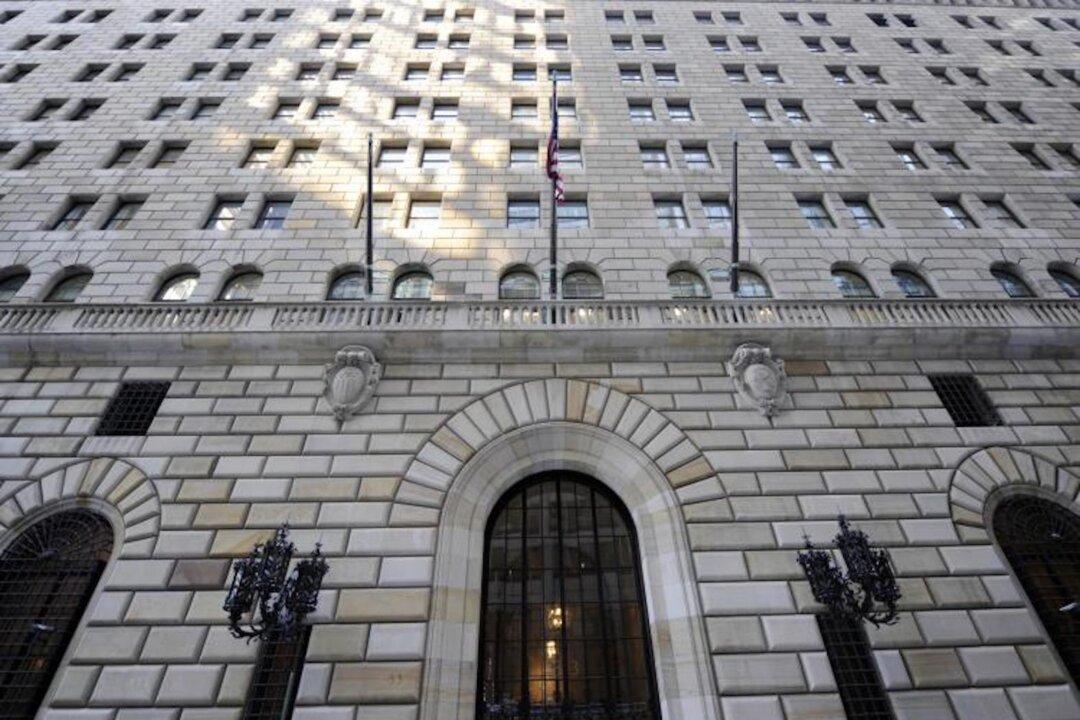The Federal Reserve Bank of New York announced that it would be teaming up with global financial giants to launch a 12-week digital dollar pilot program.
The New York Fed’s experiment will review how banks are able to process digital dollar tokens within the central bank system and quantify their impact, with the assistance of the some of the largest financial institutions in the world.Citigroup, HSBC Holdings, Mastercard, and Wells Fargo & Co. were among the major banks said to be participating in the trial, which was led by the Fed’s New York Innovation Center (NYIC), according to a press statement on Nov. 15.





